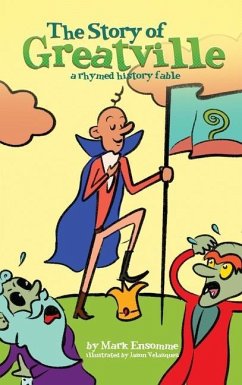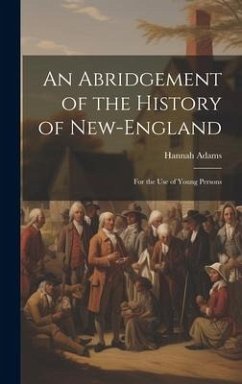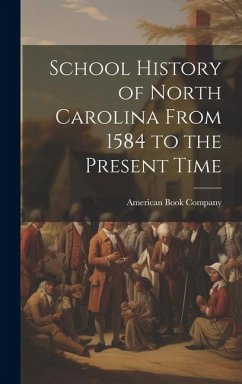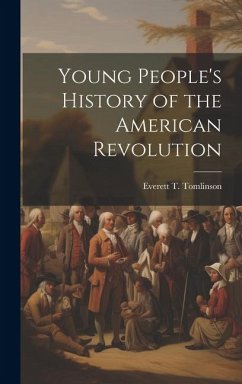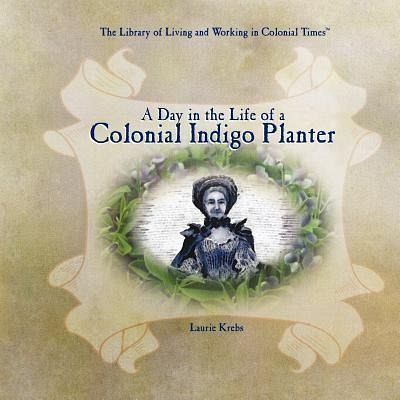
A Day in the Life of a Colonial Indigo Planter
Versandkostenfrei!
Versandfertig in über 4 Wochen
25,99 €
inkl. MwSt.

PAYBACK Punkte
13 °P sammeln!
Readers of this series will travel back in time and spend a day in the life of a real citizen during the earliest days of our nation. Each book in the series features a person who actually lived and worked during colonial times. The readers will learn how they may have spent a day in their lives. The books offer original period documents, oil paintings, etchings, and woodcuts that portray the colonial era. These primary sources bring depth and authenticity to young readers' exploration of life before the American Revolution. The captivating stories of these real-life characters, some of them American icons, will make history tangible and fun. Students learn what a day might be like in an indigo planter's life in this engaging story featuring Eliza Lucas Pinckney. Pinckney was only 22 years old when she was given responsibility to manage the three indigo plantations that her family owned in South Carolina. As we follow her through her day, we learn all the stages for creating a successful indigo crop. We also learn how difficult life was for the slaves forced to work on indigo plantations. Pinckney was so successful in trading with British textile mills that she was a major force in the economy of the colonial South.



